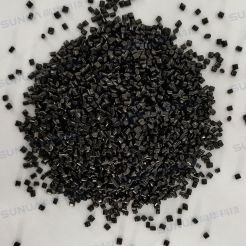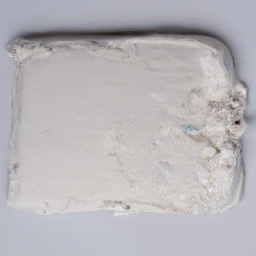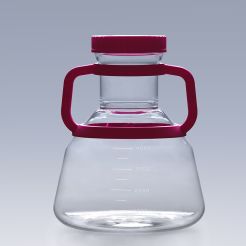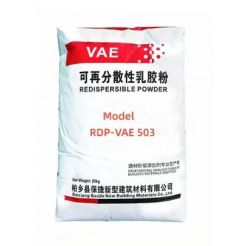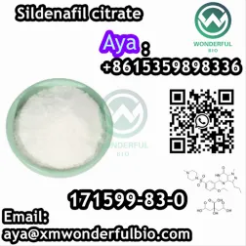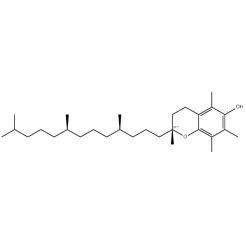Plant Growth Retardant Prohexadione Calcium 10% Wdg
Calcium modulator, chemical name 3, 5-dioxo-4-propanylcyclohexane calcium carboxylate, a plant growth regulator, pure white without fixed body, the original appearance of beige or light yellow amorphous solid, odorless.
Product Description
Introduction
| Product Name | Prohexadione calcium |
| CAS | 127277-53-6 |
| Molecular formula | C10H13Ca2O5+ |
| EINECS | 200-001-8 |
| Appearance | Powder |
| Source | Organic Synthesis |
| Toxicity of High and Low | Low Toxicity of Reagents |
| Mode | Contact Insecticide |
| Customs code | 2942000000 |
| Specification | 90%TC,25%WP |
| Applied crop | Rice, wheat, cotton, beet, cucumber, chrysanthemum, cabbage, citrus, apple, etc |
Prohexadione Calcium is a new plant growth inhibitor, mainly used to control the growth of cereal crops. It can shorten the stem length of crops, enhance their resistance to diseases, cold and stress, and has a significant anti lodging effect. Compared with the widely used triazole growth retardants, calcium bicyclic acid has no residual toxicity to crop rotation plants and no pollution to the environment. Therefore, it may replace triazole growth retardants and has broad application prospects.
Peculiarity
Calcium homocyclate was first used in Japan for the lodging resistance of rice, and later in Europe and America for the control of lawn and fruit trees, as well as the prevention and control of fruit fire blight.
After a more systematic study in China, it was found that calcium tunicylate has the following characteristics:
1. Inhibit the growth of plants, make the roots of plants developed, the stems strong, shorten the nodes, and enhance the ability to resist lodging;
2. Increase chlorophyll content and enhance photosynthesis;
3. Promote flower bud differentiation, increase fruit setting rate, promote fruit expansion, sweetening and coloring, and advance market;
4. Promote the expansion of roots and tubers, improve dry matter content and storability, increase yield, improve quality and prevent premature aging;
5. Regulate hormones in plants to enhance stress resistance and disease resistance.
Calcium tunicylate is a calcium salt of cyclohexanocarboxylate, and it is tunicylic acid that really acts. When calcium modulated cyclate is sprayed on plants, it can be quickly absorbed by crop leaf cells, and the site of plant synthesis of gibberellin is in the leaves, which can directly act on the target, so it has the characteristics of high activity. At the same time, the half-life of calcium tunicylate is very short, in the soil rich in microorganisms, the half-life is not more than 24 hours, and the final metabolites of calcium tunicylate are carbon dioxide and water, so calcium tunicylate is a green product with low toxicity and no residue.
Product advantage
1. Good water solubility
2. The blade surface absorbs fast
3. Low toxicity without residue
4. High activity
5. Short half-life
Main role
1. Inhibit the growth of plants, make the roots of plants developed, the stems strong, the internode shortened, and enhance the ability to resist lodging;
2, increase the chlorophyll content, make the leaves dark green, thicker, photosynthesis enhanced;
3, promote flower bud differentiation, improve fruit setting rate, promote fruit expansion, sweetening and coloring, early market;
4, promote root, tuber swelling, improve dry matter content and storability, increase yield, improve quality, prevent premature aging;
5, regulate the plant source hormones, enhance stress resistance and disease resistance.
Application effect
1. The use of calcium tonicylate on tubers of fast roots and Chinese medicinal materials such as sweet potato, potato, ginger, ophiopogon and panax notoginseng can increase crop photosynthesis and promote the accumulation of dry matter in crops. After the use of calcium tonicylate, the fruit size is uniform, the yield is increased, the quality is improved, and the storage resistance is increased.
2. Calcium tunicylate can shorten the length of basal internode of rice and wheat, increase the diameter of basal internode, improve the ability to resist falling, and control the growth of soybean, corn, sunflower, notoginseng, strawberry, bean, cucumber and pepper. At the same time, it can play an obvious role in controlling shoots on apples, citrus and grapes.
3. Calcium cyclate can promote the heading filling of rice and wheat, and increase the yield per mu of rice and wheat, the number of grains per spike, thousand grain weight and other quality yield indicators. It can promote peanut needle, increase the number of needle, pod number and double pod ratio, and improve product quality. It can promote the reproductive growth of cotton, corn, soybean, sunflower, watermelon, pepper, tomato, bean and other crops, improve photosynthesis, increase yield and improve quality. For apple, grape, citrus, mango, kiwi, cherry, peach trees have obvious swelling, color and sugar increasing effects.
4. Calcium regulating cyclate can promote the growth of crop advents, make crop roots developed, and can effectively prevent the emergence of premature aging in the later stage of crops.
5. Calcium cyclate can increase crop disease resistance, insect resistance and stress resistance. It has certain control effect on fire blight of new shoots of fruit trees, rice stalk disease and peanut leaf spot disease.
Application

| Compare | Prohexadione calcium | Macrobutenol, polybutenazole |
| Action site |
1. Inhibiting gibberellanic acid synthesis pathway has a backward action site 2. Mainly inhibit the synthesis of stem and leaf elongation 3. It has no effect on the biosynthesis of grain and fruit growth. |
1. The action site of inhibiting gibberellanic acid synthesis pathway is at the front 2. Inhibit the biosynthesis of all gibberellins (stem, leaf, kernel, fruit growth) |
| Toxicity | Low toxicity | Low toxicity |
| Half-life period | Short half-life | Long half-life |
| Influence on the next crop | Have no influence | Carry weight |
Application principle
1. By inhibiting GA1 biosynthesis, the endogenous GA4 of plants is protected, which realizes the transformation from vegetative growth to reproductive growth, and plays a role in flower and fruit preservation, resulting in an increase in the number of fruits.
2. By lifting plant feedback inhibition, photosynthesis is increased, so that crops can obtain more photosynthetic products and provide energy for reproductive growth.
3. Promote assimilate unloading, let the energy center transfer to the fruit, guide the assimilate transfer to the fruit, increase the yield and increase the sugar.
4. Through the regulation of ABA, salicylic acid and other anti-stress inducers, so that crops have better stress resistance.
5. Regulate cytokinin in crops and make the root system more developed.

Email: senton3@hebeisenton.com
Mob.: +86 199 4348 8906
Tel.: +86 311 6800 1160
Add.: 17th COFCOHB Plaza No.345 Youyi North Street Shijiazhuang Hebei China




